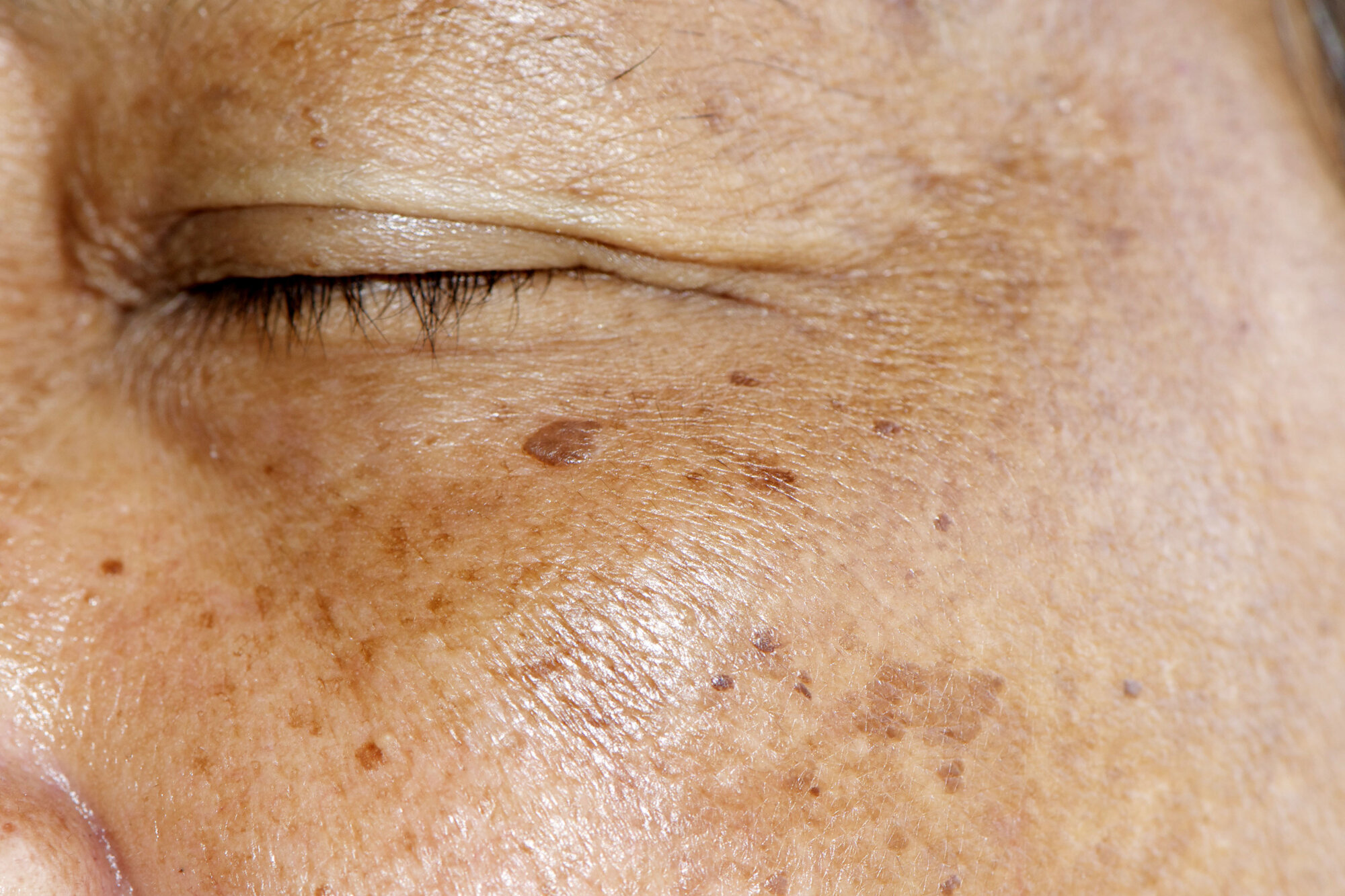How to Get Rid of Pigmentation
Image source: Epiphany Dermatology
*To get a self-care tip, subscribe to our emails!
Welcome back to the Sacred Blog! This week we are really kicking off the Self-Care Sunday Series by diving into a topic that was largely requested by our Sacred community. We are talking about… pigmentation! Odds are, we all have it or have had to deal with it at one point or another. But… where do they come from? What exactly is it? How does one get rid of it?? Allow us to fill you in.
First off, know that you are not alone. We get asked about this skin issue almost every day by our clients. We also learned through our previous Sacred Skin 21-Day Challenge that many of you secretly deal with this. Dark spots, sun damage, Melasma, acne spots/scars. One of our most requested services this time of year (Winter/Spring) is peels, specifically to help with pigmentation.
Second, let’s define exactly what this sucker is. Pigmentation is an increase or overproduction of melanin that causes a dark spot to form on the surface of the skin. They appear as larger, uneven dark patches that live on your face, neck, shoulders and hands.
Melasma is the most common form of facial pigmentation, and you're likely to get it between the ages of 20 and 40. That’s why it is so so important to wear SPF when you’re younger… the damage shows up later in life. It's likely to affect naturally tanned and darker skin tones more intensely.
"Sooo are freckles considered pigmentation?"
Well, they can be. Freckles are thought to be genetic and are more common in people who are fair-skinned. They get darker in the sun and fade again during winter months, unlike brown spots or dark spots, which arise in middle age due to sun damage and persist despite decreasing your UV stimulation/exposure down the road.
What Causes Pigmentation?
Sun exposure isn't the only culprit for pigmentation. A number of factors can trigger pigmentation (aka an increase in melanin production), but the main ones are sun exposure, hormonal influences, age, acne, a skin injury, or inflammation.
Post-inflammatory pigmentation follows injury or inflammation of the skin, for example following a flare-up of acne or eczema. This type of pigmentation is considered to be more temporary, but can be more intense and last longer for darker skin tones.
"90% of sufferers are female and, in most cases, Melasma is thought to be triggered by pregnancy, hormonal medication e.g. the contraceptive pill and medical conditions that cause altered hormone levels." -Justine Kluk, Dermatologist
Here's a list of the most common causes of pigmentation:
- Melasma
- Hormonal Acne/Breakouts
- Sun Damage
- Post Inflammatory Redness
- Cut/Bruise/Burn
- Inflammation
- Picking
What you can do to prevent pigmentation
The most effective way to prevent pigmentation from occurring in the first place, or to stop it from getting worse, is to wear sunscreen daily. Even if you're not going outside. Just receiving sunlight indoors from a window can cause sun damage.
Here’s a quick list of things you can do:
- SPF, SPF, SPF
- Limit sun exposure
- Reduce inflammation
- Manage acne and breakouts
- Avoid picking at breakouts
"Those seeking treatment for hyper-pigmentation will be advised to wear a broad spectrum SPF50 sunscreen 365 days per year before leaving the house, and to top up every couple of hours if they are going to be spending time outside or near a window in Spring and Summer. At times of peak UV radiation e.g. between noon and 2pm, wear a hat with a wide brim for extra protection if you are planning to be outdoors." -Justine Kluk, Dermatologist
how to treat pigmentation
Pigmentation can be dramatically improved by changing up your home-care routine and using the right ingredients. However, sometimes professional treatment is needed in the form of a chemical peel, a laser facial, or Microneedling.
Use a product that helps to control the overproduction of melanin and also provides gentle exfoliation.
Here are a few of our favorite ingredients and products to help pigmentation:
- Vitamin C try this one!
This powerful anti-oxidant has a number of benefits and should be a part of everyone's routine no matter their skin type! Vitamin C helps to lighten pigmentation brightening the skin and it also helps to protect your skin from environmental factors such as sun and pollution.
- Mandelic Acid try this one!
Mandelic works in the deeper layers of skin to inhibit melanin production. In addition to its melanin-inhibiting and micro-exfoliating properties, Mandelic acid is anti-bacterial, anti-fungal, and anti-inflammatory. Mandelic is pregnancy safe.
- Lactic try this one!
Lactic acid is a gentle AHA that helps pigmentation but can also bolster moisture. So a great fit for dryer skin types.
- Glycolic
This acid is great at penetrating the skin and works well at healing post-inflammatory hyperpigmentation.
- Azelaic
Azelaic acid is both an anti-inflammatory for acne and an anti-pigment because it blocks tyrosinase.
- TCA
TCA peels are a medium-depth peel that penetrates deeper than the glycolic or salicylic acid peels, making them a good choice for those with scarring or pigmentation issues.
- Hydroquinone
Hydroquinone is used to lighten the dark patches of skin by blocking the process in the skin that leads to discoloration.
- Niacinamide
Niacinamide is an effective skin lightening compound that works by inhibiting melanosome transfer from melanocytes to keratinocytes.
The top services we perform at Sacred to help reduce the appearance of (hyper)pigmentation are:
**click on any service to learn more
- Laser Genesis
- Microneedling
- Chemical Peel
- Laser Hair Removal (preventative)



